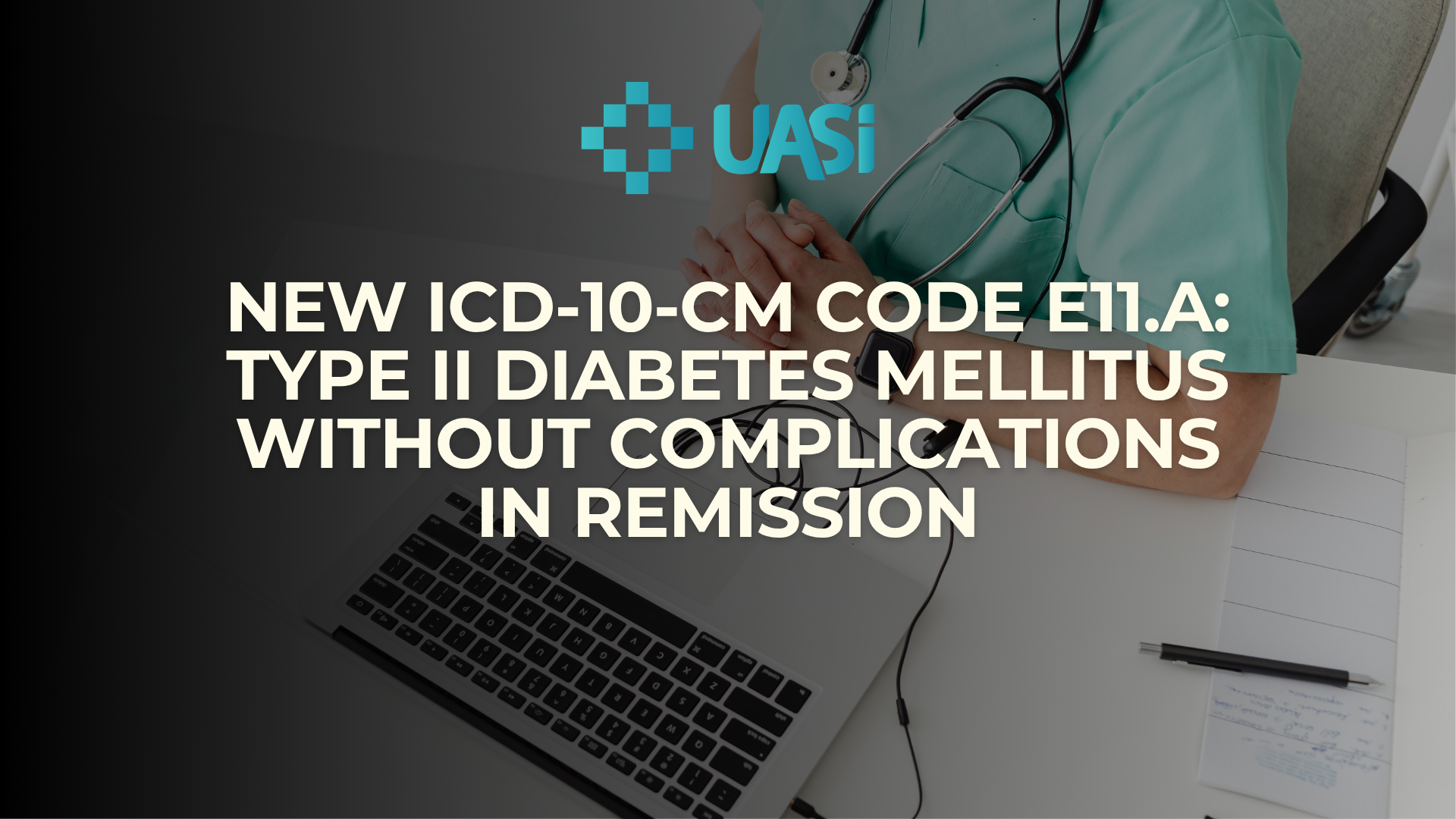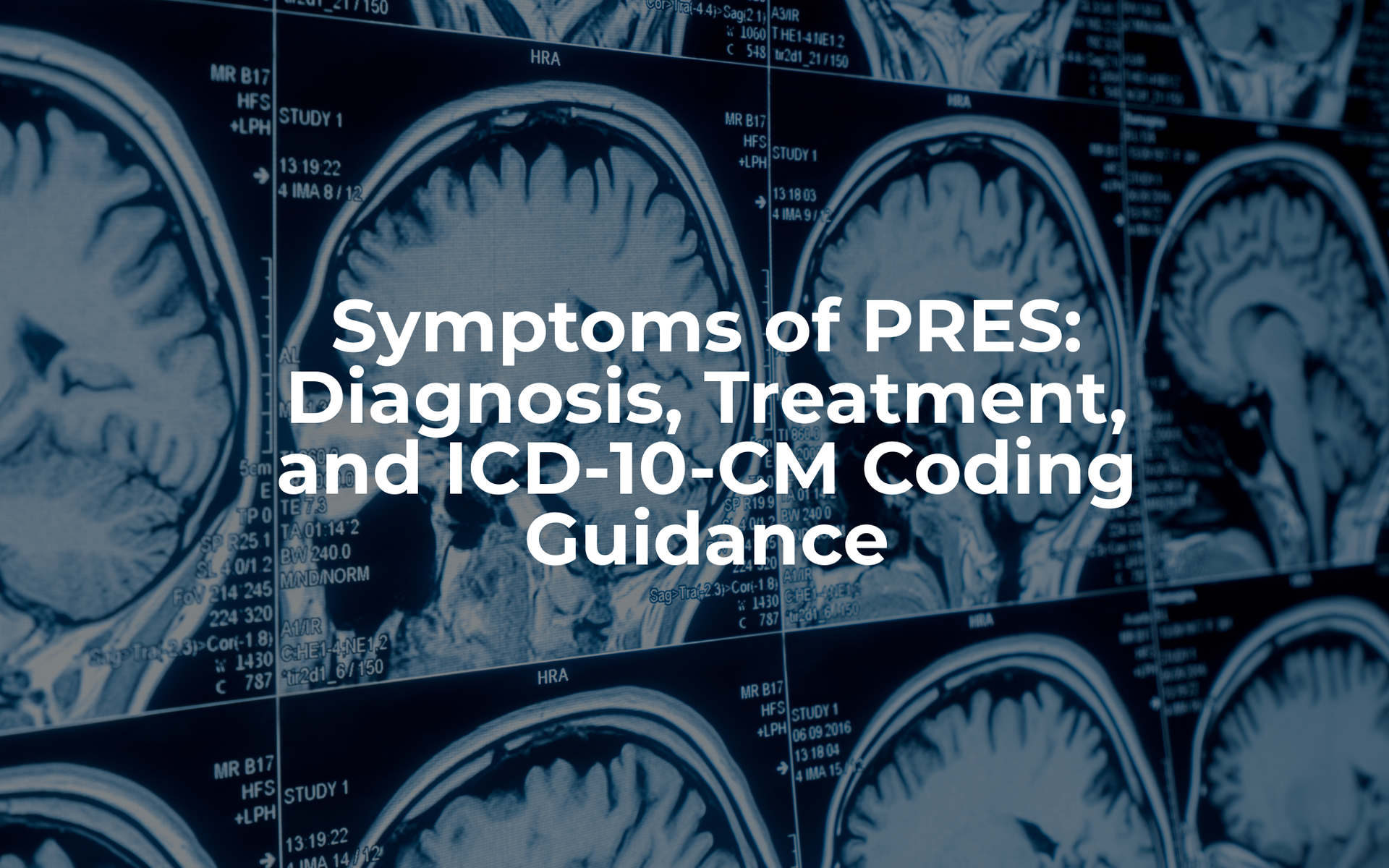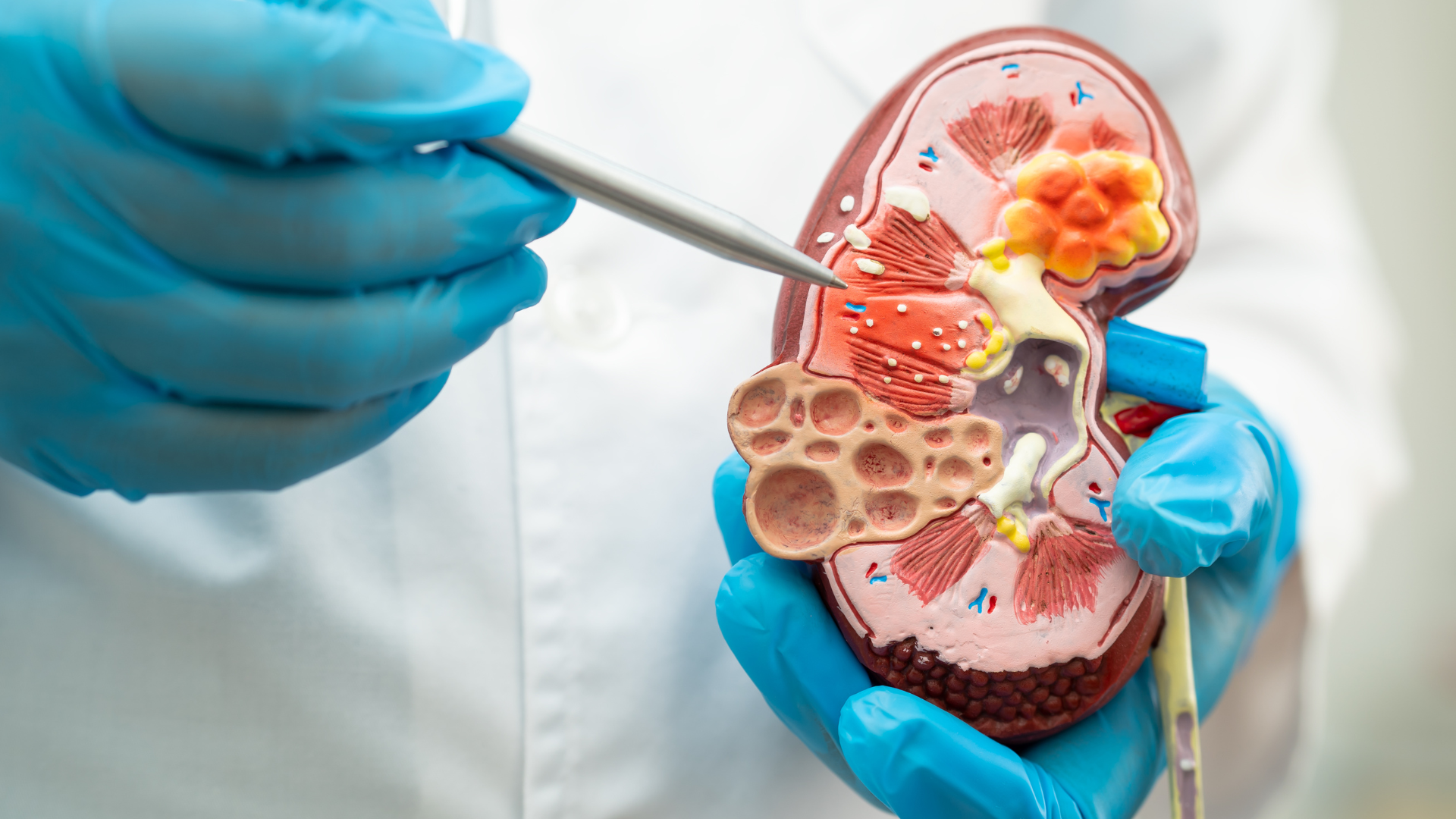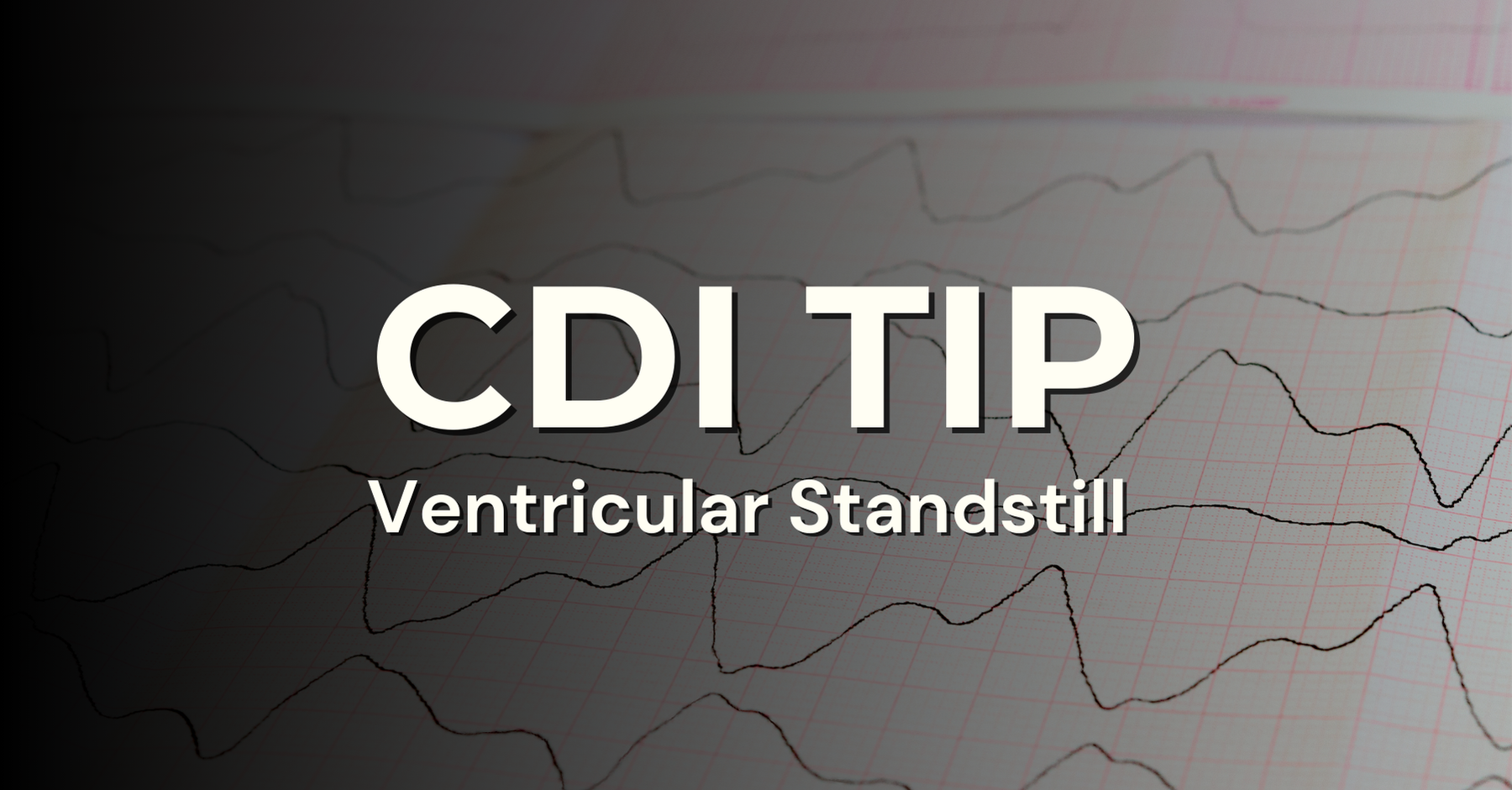November 13, 2024
Transient Tachypnea of the Newborn (TTN)
TTN: a parenchymal lung disorder characterized by pulmonary edema resulting from delayed resorption and clearance of fetal alveolar fluid. It is the most common cause of respiratory distress in late preterm and term infants and is generally a benign, self-limited condition.
Clinical Manifestations of TTN
· Onset usually between the time of birth and two hours after delivery
· Tachypnea – most common feature with respiratory rate > 60 breaths per minute
· Infants with more severe disease may exhibit:
- Cyanosis
Increased work of breathing which includes:
- Nasal flaring
- Mild intercostal and subcostal retractions
- Expiratory grunting
· Anterior-posterior diameter of the chest may be increased
· Typically with clear lungs (no rales/rhonchi)
· Mild to moderate TTN are symptomatic for 12-24 hours but signs may persist as long as 72 hours in more severe cases
· Characteristic radiographic features:
o CXR – increased lung volumes with flat diaphragms, mild cardiomegaly, prominent vascular markings in a sunburst pattern originating at the hilum, fluid in the interlobar fissures, pleural effusions, alveolar edema appearing as fluffy densities. There are no areas of alveolar densities or consolidation
o Lung US – pulmonary edema, compact B lines, double lung point, regular pleural line without consolidation
TTN is a benign disorder and pathologic conditions that also present with respiratory distress must be excluded.
- Pneumonia – chest radiography differentiates PNA from TTN as neonatal PNA is characterized by alveolar densities with air bronchograms or patchy infiltrates, not seen in TTN.
- Sepsis – infants with sepsis and respiratory distress are differentiated from those with TTN with the persistence of additional symptoms and the lack of the characteristic chest radiographic findings of TTN.
- Congenital cardiac disease - TTN is distinguished from congenital heart disease by physical findings (e.g., heart murmur, abnormal precordial activity), chest radiography, pre- and post-ductal pulse oximetry, and echocardiography.
Respiratory distress syndrome – differentiated from TTN with a characteristic chest radiograph of a ground glass appearance with air bronchograms. Caused by surfactant deficiency most common in very preterm infants.
Code for Transient tachypnea of newborn (TTN) falls under ICD-10 Chapter 16 – Certain conditions originating in the perinatal period [P00-P96]
· P19-P29 – Respiratory and cardiovascular disorders specific to the perinatal period
· P22 - Respiratory distress of newborn
· P22.0 – Respiratory distress syndrome of newborn
· P22.1 – Transient tachypnea of newborn
· P22.8 – Other respiratory distress of newborn
· P22.9 – Respiratory distress of newborn, unspecified
Additional Tips:
· TTN is also documented as Respiratory distress syndrome Type II, Wet lung syndrome
· Tachypnea alone is just a symptom
· Most common risk factors for TTN include prematurity, Cesarean delivery, maternal diabetes, maternal obesity, maternal asthma
· Infants with TTN rarely require a fraction of inspired oxygen (FiO2) >0.4.
References
Johnson, K. E. (2021, August 30). Transient tachypnea of the newborn. UpToDate. www.uptodate.com/contents/transient-tachypnea-of-the-newborn
“Respiratory Conditions Neonatal.” Pro ACDIS Pocket Resource Online, pro.acdis.org/inpatient/conditions/respiratory-conditions-neonatal. Accessed 4 Dec. 2023.













